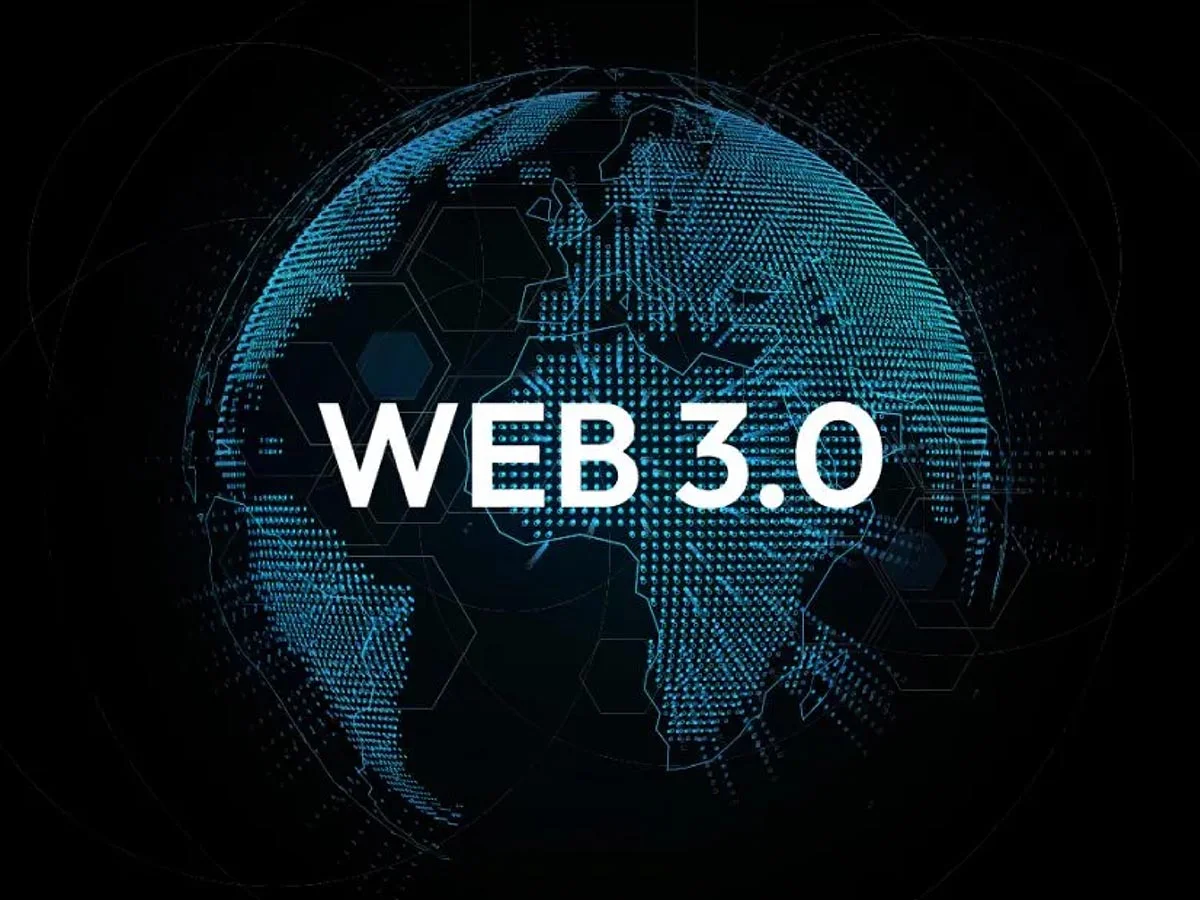Jun 24, 2022

What is Web 3.0 and how it will transform the digital era?
Web 3.0 is the next generation of the World Wide Web, where the Internet is more connected, intelligent, and user-centric. It can transform our lives, work, and play in the digital era. The vision for Web 3.0 is to create a more user-centric and decentralized web, where users have more control over their data and identity. Web 3.0 has the potential to democratize the Internet and give power back to users. It can help us build a more fair and inclusive digital economy that works for everyone.
What is Web 3.0, and what are its key features?
Web 3.0 is the next generation of the World Wide Web, where the Internet is more connected, intelligent, and user-centric. Some of the key features of Web 3.0 include:
1. Decentralization: Web 3.0 is powered by decentralized technologies such as blockchain and peer-to-peer networking. This gives users more control over their data and identity.
2. User-centricity: In the new web, users will be in control of their data and identity. They can choose how they share their data and with whom they share it.
3. Artificial intelligence (AI): AI will play a big role in the new web, powering search engines, recommendation systems, and content personalization.
4. The Internet of Things (IoT): The IoT is a network of physical devices, vehicles, home appliances, and other items connected to the Internet. Web 3.0 will enable these devices to work together more intelligently and seamlessly.
5. Semantic web: The semantic web is a way of organizing data on the web so that computers can understand it. This will make it easier for machines to find and use the information on the web.
Web 3.0 can transform our lives, works, and plays in the digital era. It can help us build a more user-centric, decentralized web that works for everyone.
What are the benefits of Web 3.0?
There are many potential benefits of Web 3.0, including:
1. A more user-centric and decentralized web: Users will have more control over their data and identity in the new web. This will help create a more fair and inclusive digital economy that works for everyone.
2. Greater security and privacy: With decentralization comes greater security and privacy. Users can choose how they share their data and with whom they share it.
3. Improved search and discovery: Semantic web technology will make it easier for machines to find and use the information on the web. This will improve search engines and recommendation systems.
4. Smarter devices and appliances: The IoT will enable physical devices to work together more intelligently and seamlessly. This will make our homes, cities, and cars more efficient and responsive.
5. New ways of doing business: Web 3.0 will enable new business models that are more decentralized, collaborative, and inclusive.
What are the challenges of Web 3.0?
There are also some challenges associated with Web 3.0, including:
1. Scalability: Decentralized systems can be difficult to scale up. This challenge must be addressed for Web 3.0 to reach its full potential.
2. Interoperability: It can be difficult for different systems to communicate in a world of multiple blockchain platforms and protocols. This challenge must be addressed for Web 3.0 to reach its full potential.
3. Regulation: Decentralized systems are often outside the reach of traditional regulators. This can be a challenge if we want to ensure that the new web is fair, inclusive, and safe for all users.
4. Education and awareness: There is a lack of education and awareness about Web 3.0 and its potential benefits. This challenge must be addressed for people to understand and embrace the new web fully.
What is the future of Web 3.0?
The future of Web 3.0 is bright. It can transform our lives, work, and play in the digital era. With the right support and investment, Web 3.0 can help us build a more user-centric and decentralized web that works for everyone.
Best
Discover the best practices of building best product experience from millions of ready-made product graphs or build one yourself.

Intelligent
In-depth intelligence of products in the form of product stories help in achieving quality, automation and efficiency in new and existing product implementations.

Augmented
Improve and augment end to end product selection, development, integration, and operation with detailed information and AI copilots.






